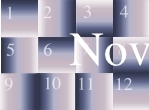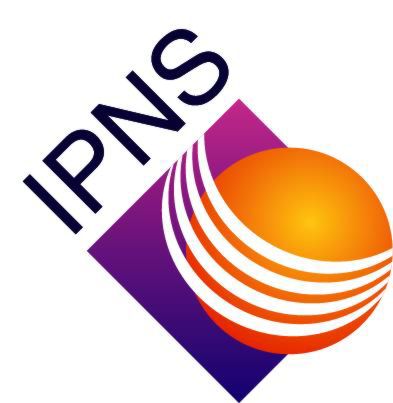|
|
from Of Butterflies and Terraces, by Dr. Gian Felcher
Twenty years ago a gizmo was first installed at a modest neutron source at Argonne National Laboratory which was later christened a “reflectometer”. The popularity of the gizmo spread like wildfire: now virtually all neutron sources possess at least one of them. Some are graced by splendid names: CRISP and SURF at Rutherford, TOREMA at Jülich, DESIR in Saclay and EVA in Grenoble. Why such popularity? Because its function, the determination of the depth profile in thin films and at surfaces, turns out to be useful in a number of scientific fields. The notion itself is easy to state and easy to grasp. On top of that, the instrument is relatively cheap and friendly to users.
Neutron reflectivity was really invented to determine the scattering amplitude of materials. To obtain the value of the scattering amplitude of a material, it is enough to take just one measurement. But the reflectivity can be measured for one angle of incidence, at a full slate of different wavelengths, or if preferred with a monchromatic beam over a range of angles: in other words, the reflectivity can be measured over an extended region of neutron momenta. Quite an overkill to find just one number, which is overdetermined to death or, to speak more compassionately, measured with utmost precision. Things become tougher when below the surface lies a sequence of layers. Each layer boundary partially reflects the beam, and all reflected waves interfere (each with its own phase) toward the resulting reflectivity. Suppose that the scattering amplitudes of all the strata are known. Can their sequence and their thickness be reconstructed from reflectivity? To a straight question an ambiguous answer: After poring with patience and perseverance on the data a profile can always be spirited. But is it sensible? Is it real? Do you believe in it? The only thing on which the experts agree is that, in principle, that profile is not unique. But, as often is a case, if a problem cannot be solved with a frontal assault, there are ways to go around it...
|
|
|
Events Listing

IPNS Call for Proposals Deadline
November 15, 2004
IPNS November run schedule
November 2-18
International Argonne Fall Workshop
on Nanophysics
November 8-12
Building 402, APS Auditorium. Go to http://mti.msd.anl.gov/upcoming.htm for more information.
IPNS Lunch Talk
Thursday, November 18
TBA 12:30 pm in the Argonne Cafeteria, Bldg. 213, Room A.
SEMINARS
Friday, November 12
Physics Division Colloquium: "Black Holes and Thermodynamics" by Jennie Traschen, University of Massachusetts, Amherst. 11 a.m., Building 203 Auditorium.
Materials Science Division Seminar: "Nanostructured Magnetic Materials for Hyperthermia Applications" by D. Bahadur, Indian Institute of Technology, Bombay, India. 11 a.m., Building 223, Conference Room S105.
|
|
|
|
|
|
|
|
|
|
|
|
|
|


